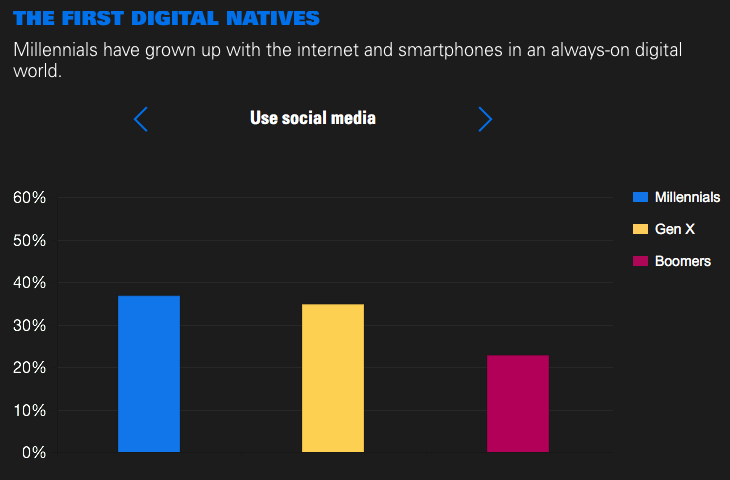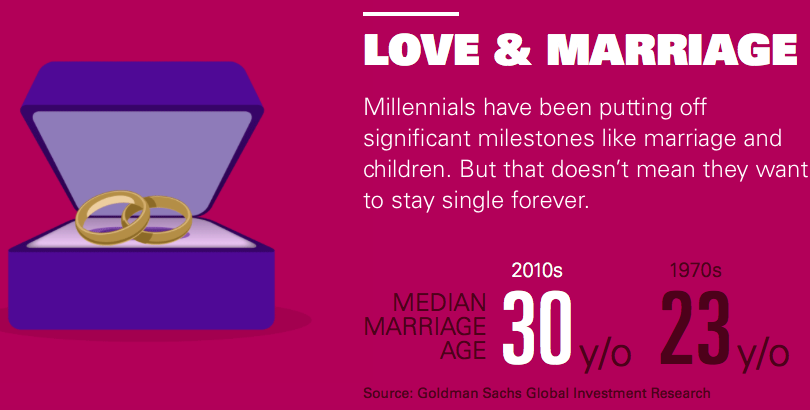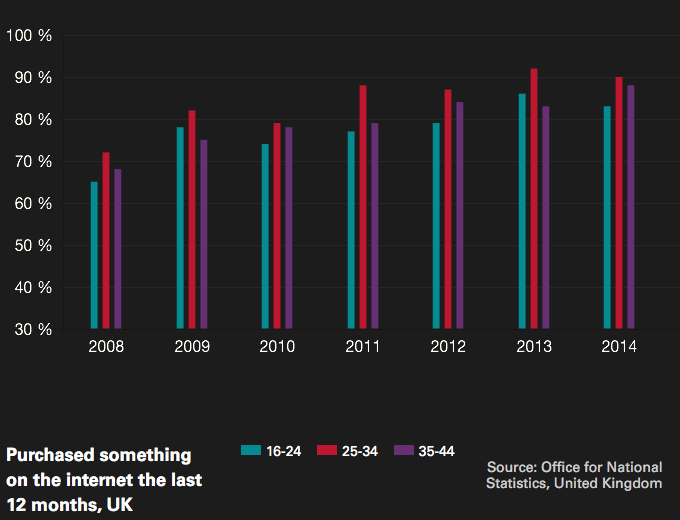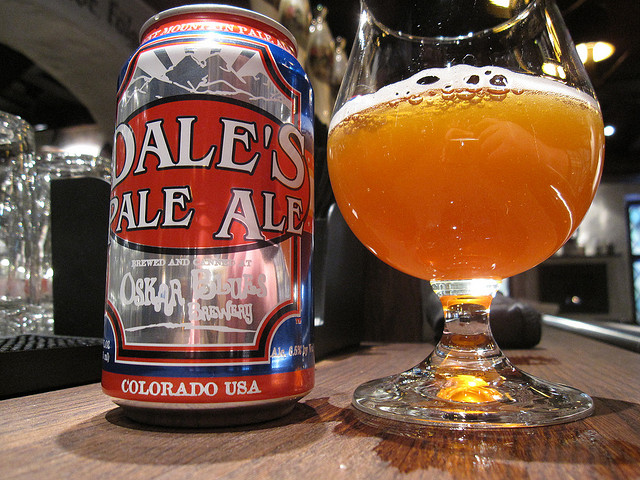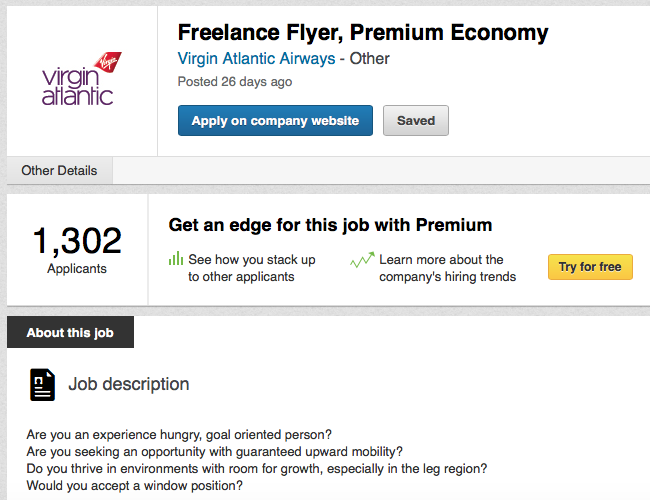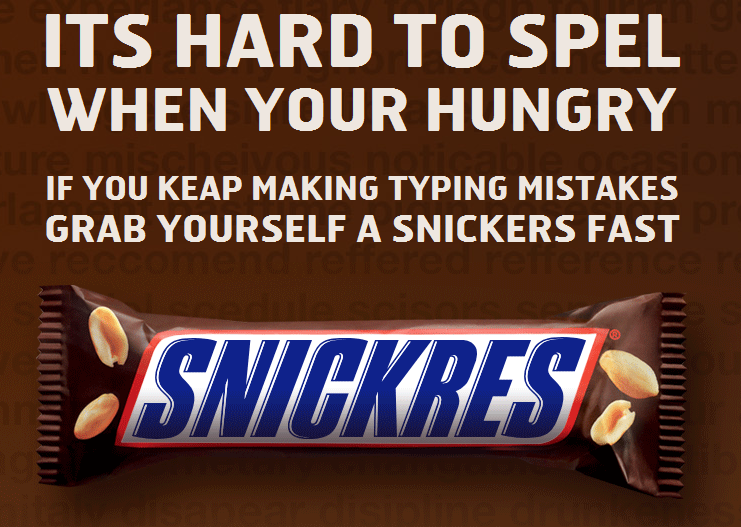It seems to be a recent trend that brands are showing their support for the LGBTQ community and this time, this minty brand took a new spin on it.
Check out Colgate’s “Smile With Pride” ad at the link included.
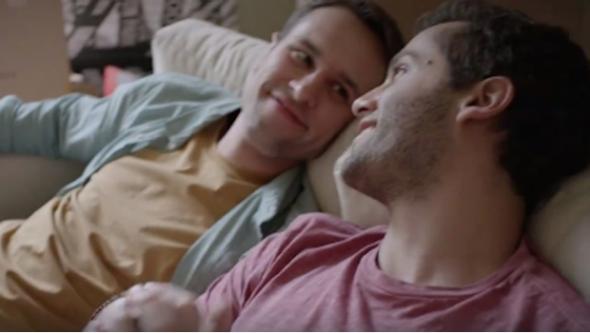
Most of us have been in this kind of situation. You’re making the move to a new place and you’re unsure of the culture of the neighborhood. Will you be able to borrow an egg or a cup of sugar from the neighbors? Will they be willing to watch your dog when you’re on vacation? Most importantly, will you get along?
This commercial shows the wall of skepticism torn down by a simple smile. This Spanish ad translates to, “Sometimes you just need a smile, sometimes, all your smile needs is Colgate.” Sometimes you just need a smile. Good message, Colgate.
The Colgate ad was the first Mexican ad to feature a gay couple and was put out just weeks after the president of Mexico approved revisions to the constitution for same-sex marriage.
Pride advertising is a chance for brands to express their stance and speak their truth. When brands take a stand and share stories of diversity and equality in their advertising, consumers, especially millennial, appreciate, respond, engage in conversation and spend dollars on the brand.
The fact that this ad is relatable makes it successful. Plus, tugging at the heartstrings always gets people.
For another example of a brand that did it right, check out Honey Maid’s “This Is Wholesome” ad:
Or the Ad Council’s “Love Has No Labels” ad:
But how do these ads measure up with Bud Light’s flashy ad starring Amy Schumer and Seth Rogen at a gay wedding? In this ad, Rogen raises his bottle and says, “Bud Light proudly supports everyone’s right to marry whoever they want.” The whole ad is bold, comical and in your face.
https://www.youtube.com/watch?v=NiavhnkrZRU
The whole point we’re trying to get to here is that sometimes flashy isn’t best. Show that people in the LGBTQ community are just like us. Don’t say it. Consumers want to relate to a brand and if that means using emotion to elicit a response, then go that route at all costs.
Any other feedback you have on this campaign? Shoot us a note below and we’ll be in touch.
[gl-hs-form form_id=’1863abe3-c1e4-43d0-a298-c7b132f8ce03′]
